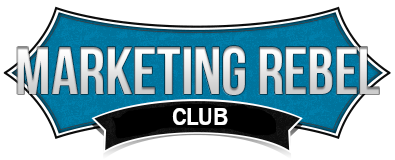Brian Johnson: Really Big (I’m Talking HUGE) Marketing Mistakes. How to Repeat Them and How to Avoid Them. It’s All Up to You
 Brian advises some of the largest companies in the world to improve their profitability and overall performance.
Brian advises some of the largest companies in the world to improve their profitability and overall performance.
He discusses, among other things:
- Business cycles, and what should take place within each cycle for the business to succeed
- Planning: how to create bridges from where you are to where you want to go
- Vision and Values: How to use them ethically to move the business forward
- Meetings and Rhythms: How to plan meetings that are effective
- Hiring: The processes he uses to isolate the best candidate for any job
- The proper way to do split testing
- How to maximize the attendance and conversion at webinars
- and much more…
Million dollar advice for any business person.
This presentation is from the Action Seminar and it, plus a vast library of small business marketing lessons and training programs...
...plus a private Facebook-like chat stream where you can get answers to all of your
questions about marketing tools and techniques, small business growth, and life as an entrepreneur...
... is only available to members of the
Marketing Rebel Insiders Club.
You can access all of this immediately for less than $1 per day.
You will receive full access and all of the privileges of membership...
... so you can learn for yourself why our members love this online club so much...
... and why they don't invest in marketing tools or strategies without first checking in with The Club.
Click Here to start your membership today.
We'll see you on the inside...
Stan Dahl & The Marketing Rebel Team
